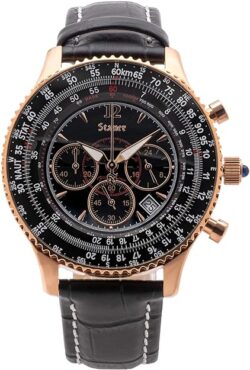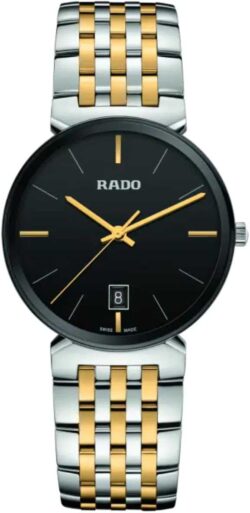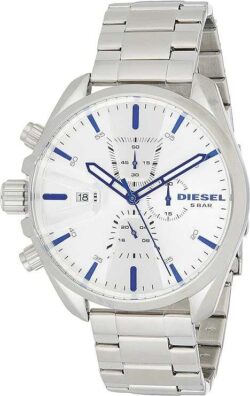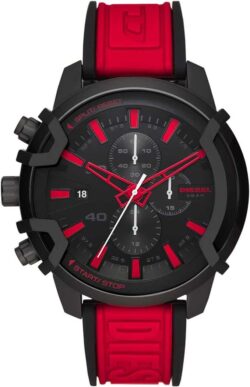Watchmaking glossary – Illustrated and comprehensive watchmaking dictionary
Here you will find a glossary explaining certain watchmaking terms. The goal is not to be exhaustive, there are specialized professional sites for this. Here we have selected the terms that you are likely to encounter in your watch research when you compare models for purchase when you read a slightly more technical article, or simply if you want to know more. We also wanted to make this glossary more complete and pleasant to read, several terms are commented on and illustrated with photos.
This glossary is evolving, do not hesitate to ask us for additional information or terms not currently included.
Glossary
The alternation of a pendulum movement is the distance between two extreme positions of the pendulum, i.e. half of the round trip movement (called oscillation). In watchmaking, this term characterizes the sizing of the balance-spring couple. The escape wheel advances by one tooth at the rate of two alternations. In practice, you will often hear of movement at 21,600, 28,800, or 36,000 vibrations per hour Translated into Hertz, this gives
- For 21,600 vph, this gives 6 vibrations per second or 3 oscillations per second: we then speak of a frequency of 3 Hz
- For 28,800 vib/h, it is a frequency of 4 Hz
- For 36,000 vib/h, it is a frequency of 5Hz
A higher alternation normally allows better precision of the watch. The ETA 2824 movement, widely used in mid-range watches, beats at 28,800 vph. Another example is Grand Seiko’s “20th-anniversary” caliber 9S85, referred to as “hi-beat”, with a frequency of 36,000 vph. By comparison, Bulova’s Accutron movement beat at 360 Hz.
is simply designates the box that surrounds and protects the watch’s movement. It is typically made up of a crystal that protects the front face of the watch, a case back that protects the back face, and a middle part that actually constitutes the body of the watch.
The case gives the watch its general shape, the aspect that we remember at first glance. But the general appearance of the watch can also be directly influenced by the shape of the bezel, which is often circular. A good example is the Panerai Radiomir, whose cushion-shaped case and round bezel.
With a frequency of 360 Hz (instead of 4 to 6 Hz for a good classic mechanical watch), its precision crushes everything that was done at the time, with a drift of one minute per month. This is the Spaceview, it has no dial, and the inside of the watch is quite visible. There is no crown, the setting of the watch is done from the back. And the most beautiful thing about the story is the soft noise it emits: a slight rustle resembling a mosquito to some, a buzzing to others. In any case, I advise you not to put the watch on the bedside table before going to sleep!
The watch dial is the visible part of the front face of the watch, it is the “face” of the watch. It is he who gives the information relating to the time. A dial is characterized as:
• by the material used,
• by surface treatment
• by the color(s)
• by the configuration of the elements that make it up (counters, windows, etc.)
• by the relief that it can present.
Some brands like Breitling have all their movements certified by the COSC.
The problem with the date is that the months have 30 or 31 days and that the month of February has 28 days except in a leap year when it has 29. The date is therefore not that simple, and that makes l object of other complications such as the annual calendar and the perpetual calendar.
The day is the indication of the day of the week. Like the date, it is indicated in an aperture or with a hand. Often placed next to the date, it is sometimes separated from it. This type of display is called “Day-Date” as on this Rolex Day-Date 40 with a meteorite dial.
Until proven otherwise, there is no watch displaying the day without displaying the date.
Finally, note that the day is frequently offered in two languages: usually English, and another local language. This is how Japanese or Arabic is sometimes found on dials.
Let’s end with this Andersen Geneva Perpetual Secular Calendar “20th Anniversary” which offers us the days of the week in their “astronomical” interpretation.
The back is often decorated with a logo or an illustration and takes up the technical characteristics of the watch (material of the case and crystal, water resistance, reference, limited series number if applicable).
Generally, ladies’ watches come in smaller case sizes although this is not a strict rule. Watches that have a lot of complications and large movements obviously need larger case sizes to accommodate the parts. Cases can come in a range of materials from which they can be plated or made solid. Cases made with precious metals increase the cost of a watch significantly.
An annual calendar is therefore capable of correctly displaying the date of the 1st of the month following a month of 30 days: the date will for example pass directly from April 30 to May 1 without displaying April 31. On the other hand, the transition from February 28 to March 1 requires manual intervention during non-leap years.
As everyone knows, the months have 30 or 31 days except the month of February which has 28 in non-leap years. In a leap year, February has 29 days. The term “perpetual calendar” is synonymous with the perpetual calendar.
The story is not quite over …
A regulator is a watch whose hour and minute hands are not coaxial, i.e. they are separate. In general, the minute hand is the largest, while the hour hand is smaller and off-center. This configuration was historically preferred for precision clocks because they were more accurate. Indeed, the cogs of the two off-center hands generated less friction…To put it simply, a repeater watch tells the time using a regular chime or is triggered manually via a pusher or a lock. The first rehearsals were called “on the quarter”, that is to say, they sounded every quarter of an hour. They could also give the time on demand, to the nearest quarter of an hour. Then came the “five-minute repeats”, which sounded the hours, quarters, and five minutes. Today the most common repeaters are called “minute repeaters”.
The power reserve is the operating time of a watch movement when its mainspring is wound to the maximum. This implies that we are talking here about mechanical movements with manual or automatic winding. On a modern standard movement, the power reserve is typically around forty hours.
In recent years, several high-end watchmakers have developed calibers offering higher (or much higher) power reserves. For example, brands such as Lange & Söhne, Moser, and IWC, offer models with power reserves of several days, up to 31 days.






